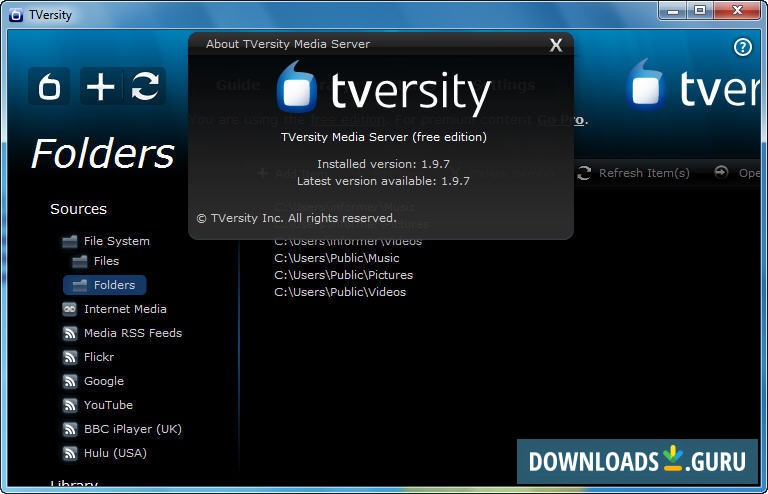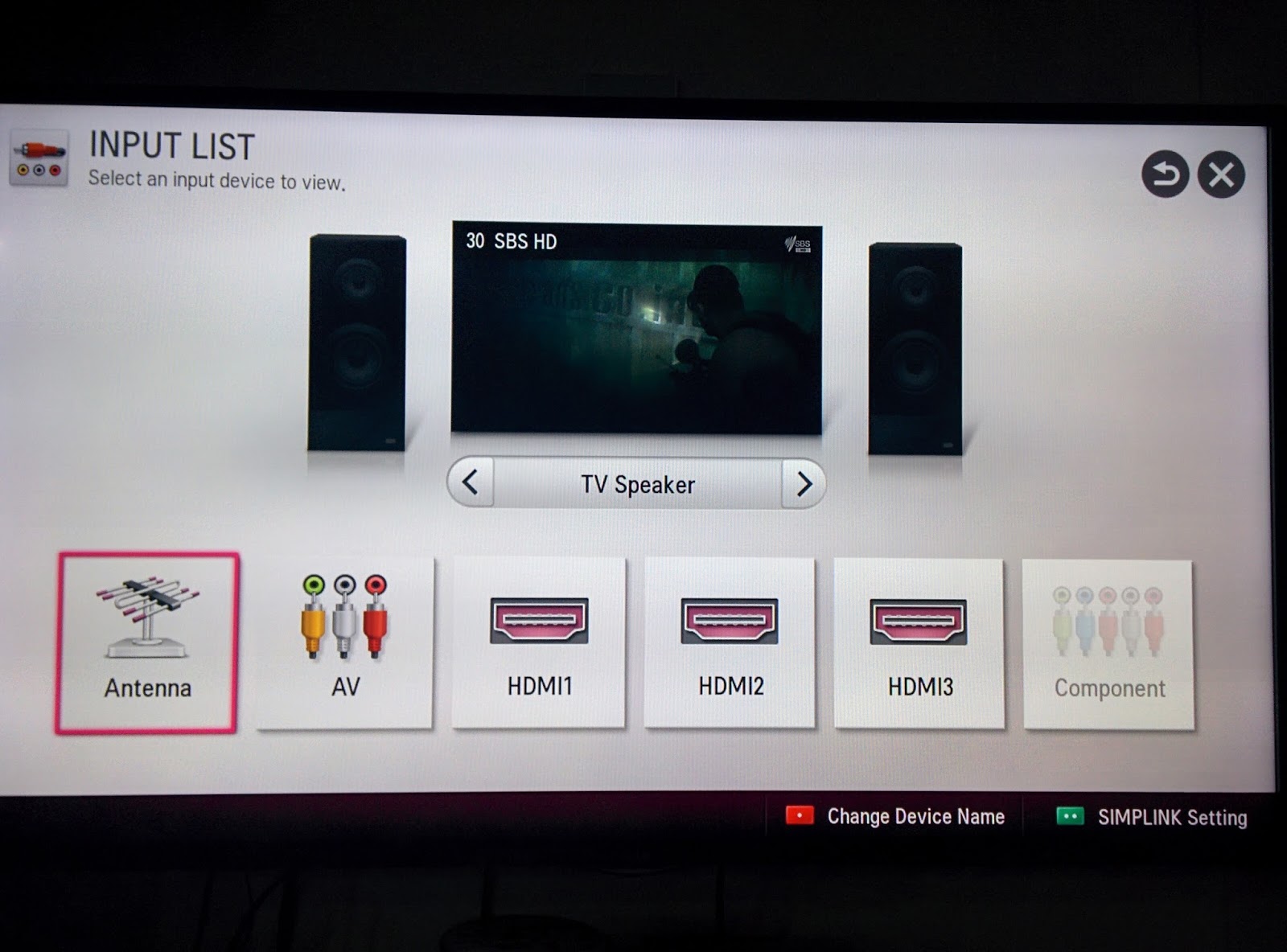

RTMP live streaming is vulnerable to data loss.What’s more, certain networks block the RTMP port by default, which requires special firewall modifications to allow passage to the blocked network. RTMP live stream is no longer accepted for iOS, Android, most embedded players, and several browsers.It doesn’t support high-resolution video and video compression methods like VP9, AV1, and more.As an example, Vimeo uses RTMPS as the default protocol for Livestream Studio to make it easier and safer to stream. For organizations looking for a secure way to live stream internally for all-hands meetings or town halls, RTMPS is paramount. RTMPS is a secure form of RTMP that minimizes the risks of cloud-based streaming. Provides secure, cloud-based streaming through RTMPS, which offers convenience and security for live streaming needs.Creates a reliable streaming experience by maintaining constant contact between the video player and server – an advancement over its predecessors.So what’s keeping RTMP video streaming alive and kicking? Let’s look at all the benefits and setbacks to get a complete picture. In fact, many streaming providers and encoders support RTMP live streams, including Vimeo. In its heyday, RTMP streams enjoyed a lot of fame as the chief protocol for live streaming used with Adobe’s Flash Player.ĭespite Adobe’s decision to sunset its Flash player, RTMP streaming continues on with the help of RTMP-enabled encoders. RTMP stream is a live streaming protocol that offers high-performance transmission of audio, video, and data from an encoder to a server that distributes the signal over the internet. If the bandwidth is limited, say due to poor network connection, ABS automatically takes the video quality down to what the bandwidth can show. To simplify it further, ABS is what ensures that your viewer sees the highest video quality with the available bandwidth. It’s a technique used to compress and alter a stream’s video quality to match the available bandwidth. When live streaming, a simple lag can disrupt both the viewer experience and the flow of conversation especially when using tools like live chat, live Q&A, and audience polling.ĪBS is adaptive bitrate streaming, also known as ABR streaming. In terms of video live streaming, latency refers to the delay in transferring the data from your end to your viewer’s side.įrankly, you can’t compromise with this delay. Latency is the time between your action and a web app’s response.


Other common names are HTTP streams, MPEG-DASH, MSS, and more - we’ll talk about these in a bit. RTMP stream is just one streaming protocol, albeit a powerful one. We’ll be referring to the terms in the questions quite a bit.Ī streaming protocol is what runs your live streaming show by delivering the data, audio, and video over the internet from your set up station to the viewer’s screen. Before we deal with the technical stuff, let’s answer three questions.


 0 kommentar(er)
0 kommentar(er)
